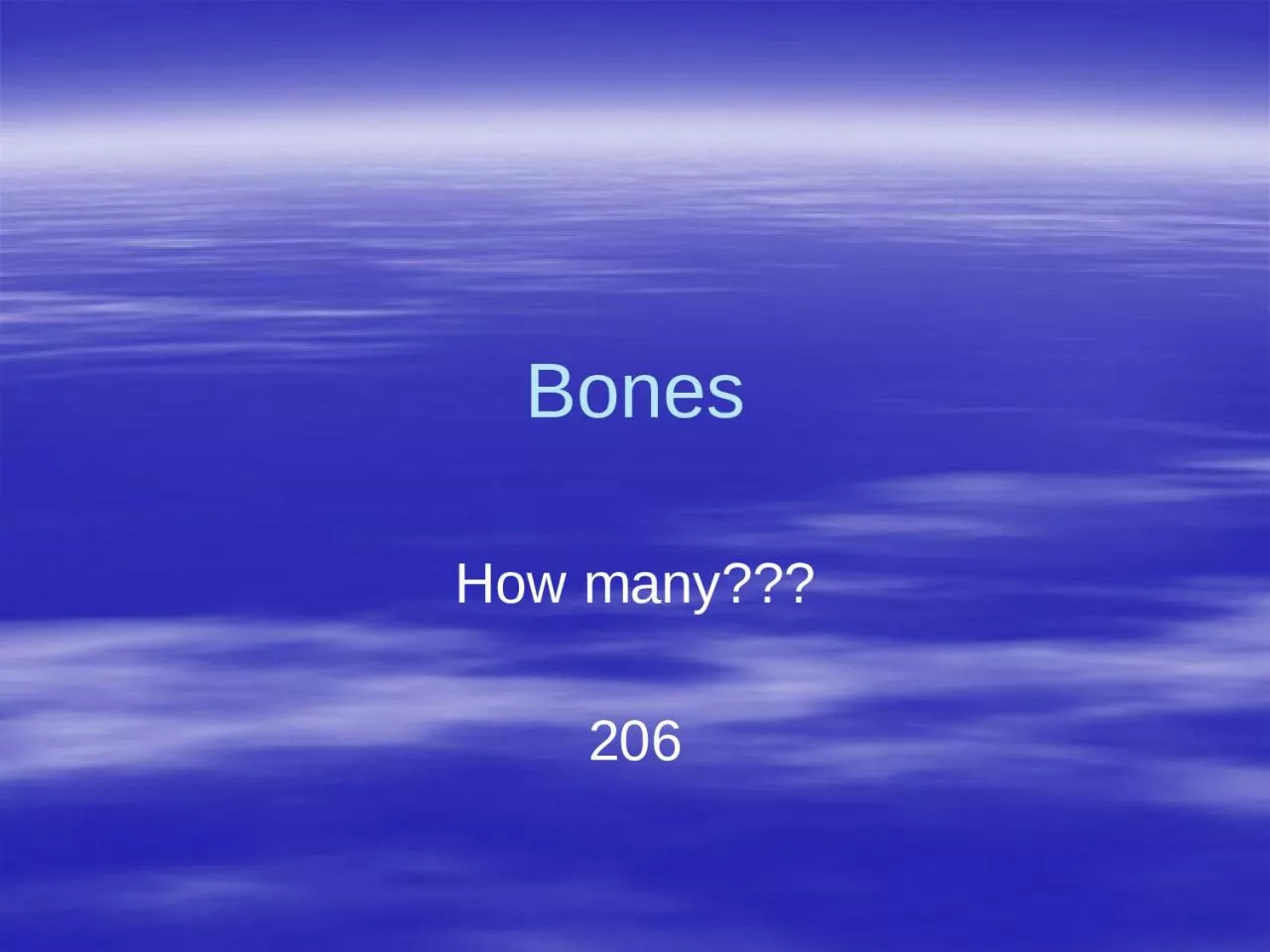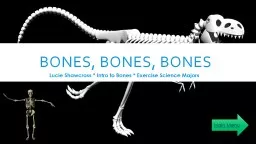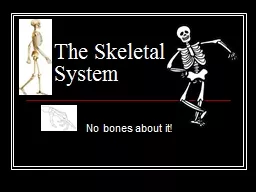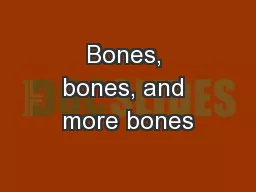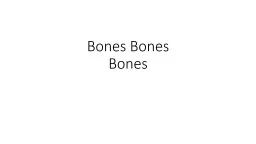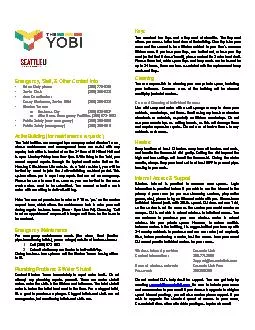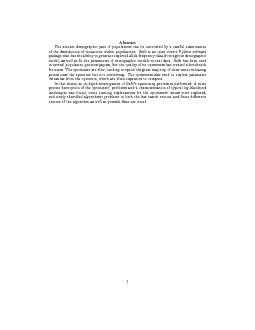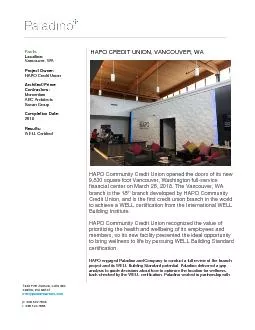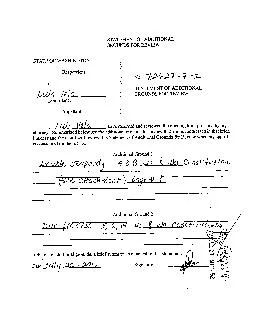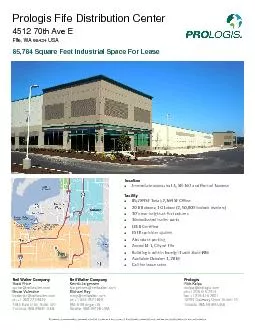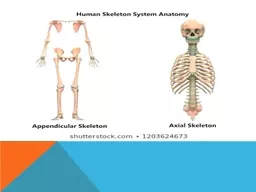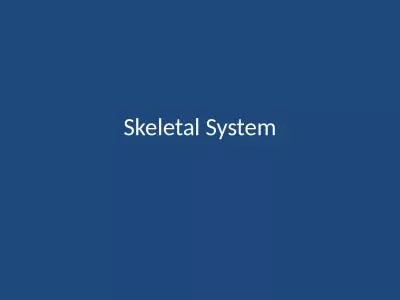PPT-Bones How many??? 206 BONES
Author : dorothy | Published Date : 2022-06-15
3 PRIMARY FUNCTIONS Protect vital organsstructures from trauma Create movement Bones are metabolically active produce blood cells amp store minerals BONES Approximately
Presentation Embed Code
Download Presentation
Download Presentation The PPT/PDF document "Bones How many??? 206 BONES" is the property of its rightful owner. Permission is granted to download and print the materials on this website for personal, non-commercial use only, and to display it on your personal computer provided you do not modify the materials and that you retain all copyright notices contained in the materials. By downloading content from our website, you accept the terms of this agreement.
Bones How many??? 206 BONES: Transcript
Download Rules Of Document
"Bones How many??? 206 BONES"The content belongs to its owner. You may download and print it for personal use, without modification, and keep all copyright notices. By downloading, you agree to these terms.
Related Documents

